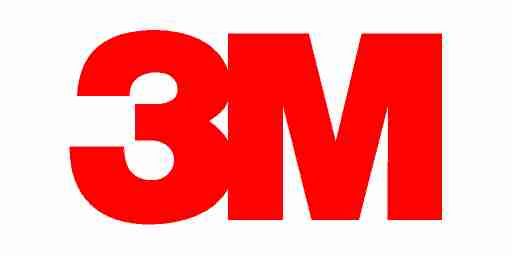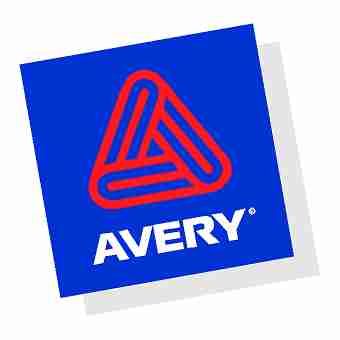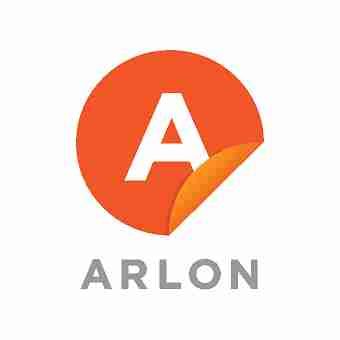Macintosh vs. the PC
Macs and PCs are like apples and oranges. Both are computers, and perform similar functions, but they look and operate quite differently. However, like apples and oranges, comparisons between the two are highly subjective. Whether to use a Mac or PC is matter a personal taste and the operations you require.
IBM named its first computer a PC, which stands for "personal computer." A Macintosh isn't a personal computer, but rather a "person's computer." Although PCs and Macs are programmed to perform similar tasks using hardware, each computer requires different software. Hardware includes external devices such as monitors, connectors, cables, consoles, speakers, keyboards, printers and a mouse. Hardware necessities include a keyboard and monitor, whereas an add-on includes a scanner. Software is the computer brain of both the PC and the Mac. Software instructs the hardware of its tasks and how to perform them.
Computers are designed to house short-term storage on the hard drive. In addition, both the PC and the Mac use disks for long-term storage. PC and Mac disks have different formats. There are two kinds of disks available to users. Floppy disks have 1.4 MB of information and zip disks have 100 MB of information storage, with MB standing for "megabyte." Zip drives work the same floppy disk drives, but are not standard on most PCs. Mac's have a built-in zip drive, whereas PC's only offer it as an option.
The single-processor Mac is faster than the cheapest single-processor PC. PCs are usually less expensive than Macs and there are more PC's on the market. For example, Gateway and Dell are two different PC providers. Another difference between the PC and the Mac is that the Mac tends to be easier to use and troubleshoot. Most PC users need to consult a computer technician when experiencing difficulties, whereas Mac users are usually able to troubleshoot without outside assistance.
Macs tend to have more consistent applications than the PC does, and those applications are pre-packaged with built-in Apple standards. PCs have more options and lower prices. The purchasing difference between PCs and Macs is that Macs have the built-in features that PCs don't have. PC buyers must either buy a pre-packaged deal or buy computer software on their own.
Macs have the capability to read PC disks with a built-in format translator, whereas PCs need special software to read Mac disks. Mac parts are also harder to find because often they must be ordered from an Apple dealer. PCs have parts that are usually cheaper and easier to find. PCs are also easier to upgrade because their software options are separate and there is a larger selection.




